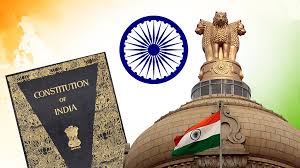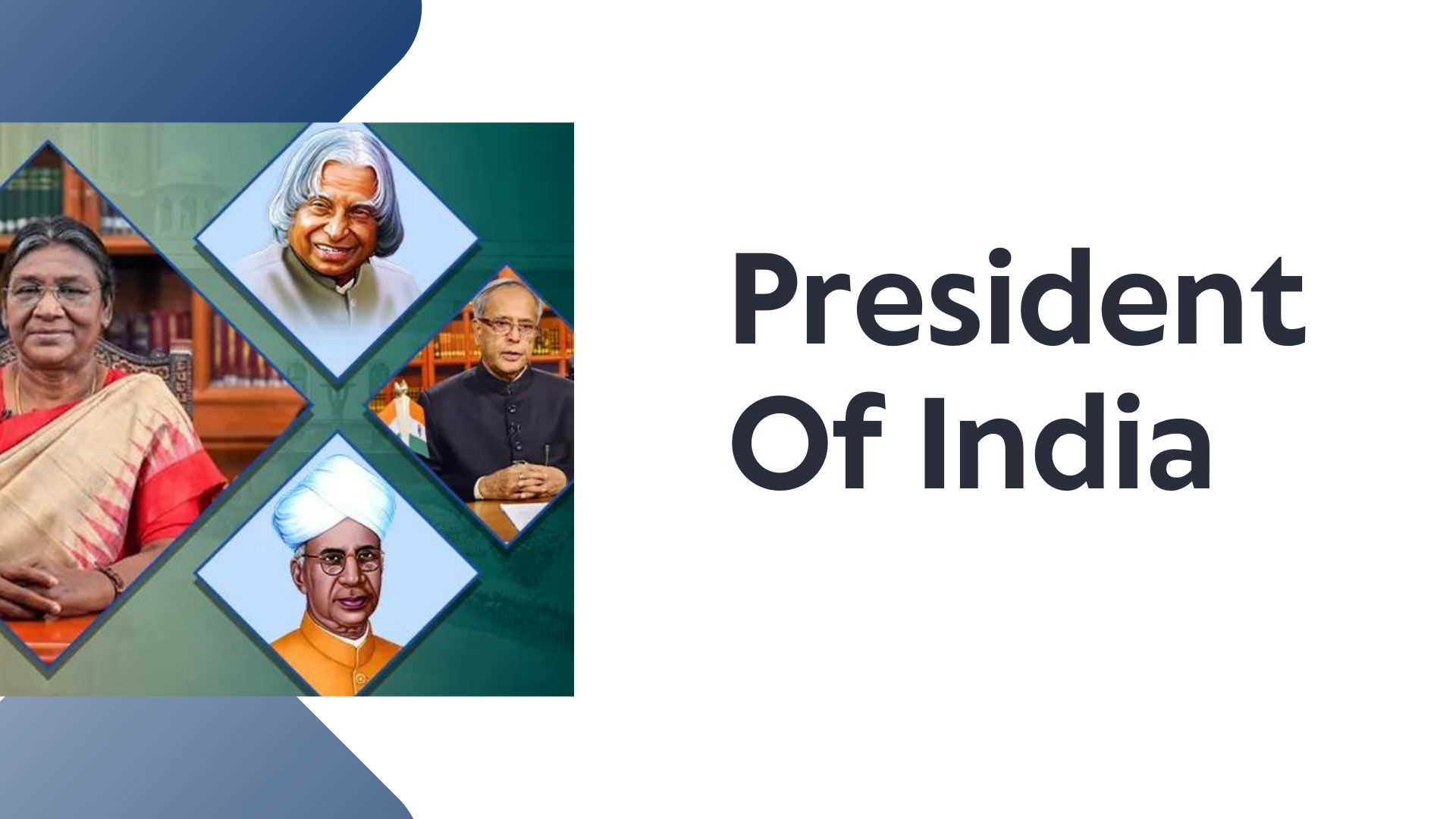About:
Inflation, as defined by the International Monetary Fund (IMF), is the rate of increase in prices over a given period, encompassing a broad measure of overall price increases or for specific goods and services.
It reflects the rising cost of living and indicates how much more expensive a set of goods and/or services has become over a specified period, usually a year.
In India, inflation’s impact is particularly significant due to economic disparities and a large population.
What are the Different Causes of Inflation?
Demand-Pull Inflation:
Demand Pull inflation occurs when the demand for goods and services exceeds their supply. When the overall demand in the economy is high, consumers are willing to pay more for the available goods and services, leading to a general rise in prices.
A booming economy with high consumer spending can create excess demand, putting upward pressure on prices.
Cost-Push Inflation:
Cost-push inflation is driven by an increase in the production costs for goods and services. This can be caused by factors such as increased incomes, increased costs of raw materials, or disruptions in the supply chain.
For instance, (as per CPI data) inflation in ‘oils and fats’ in March, 2022 soared to 18.79% as the geopolitical crisis due to the Russia-Ukraine war pushed edible oil prices higher.
Built-In or Wage-Price Inflation:
This type of inflation is often described as a feedback loop between wages and prices. When workers demand higher wages, businesses may raise prices to cover the increased labor costs. This, in turn, prompts workers to seek higher wages, and the cycle continues.
Collective bargaining by labor unions can result in higher wages, leading to increased production costs and subsequently higher prices for goods and services.
Monetary Inflation:
Monetary inflation is often linked to an increase in the money supply in an economy. When there is more money in circulation, consumers have more purchasing power, which can drive up demand and prices.
Central banks printing more money or implementing policies that increase the money supply can contribute to monetary inflation.
Supply Shocks:
Supply shocks occur when there is a sudden and unexpected disruption to the supply of goods and services. Natural disasters, geopolitical events, or other unforeseen circumstances can lead to a reduction in supply, causing prices to rise.
A drought affecting agricultural output can lead to a decrease in the supply of crops, causing food prices to spike.
Built-In Expectations:
If people expect prices to rise in the future, they may adjust their behavior accordingly. This can create a self-fulfilling prophecy where businesses raise prices in anticipation of higher costs, and consumers, expecting further increases, may buy more now, contributing to inflation.
If individuals believe that inflation will increase in the future, they may demand higher wages and businesses may raise prices in anticipation of increased costs.



